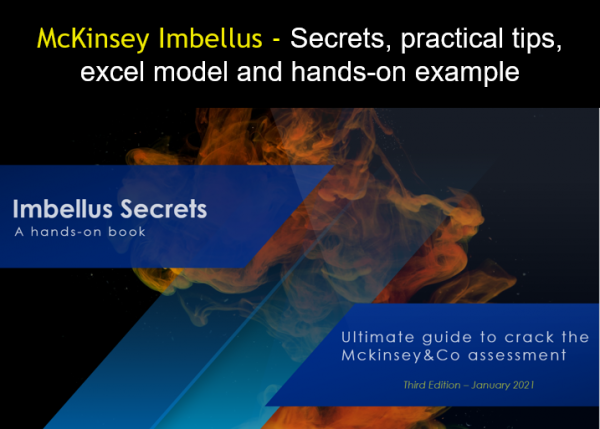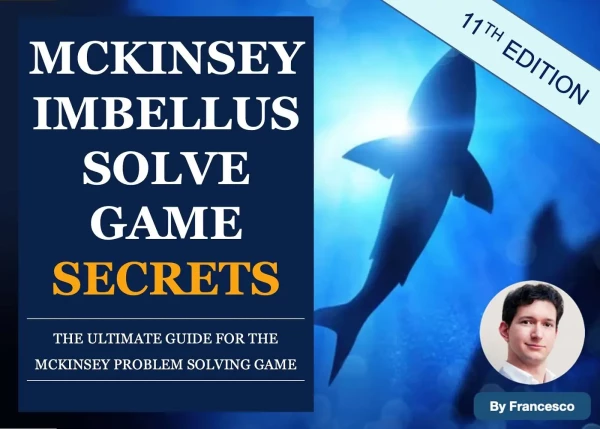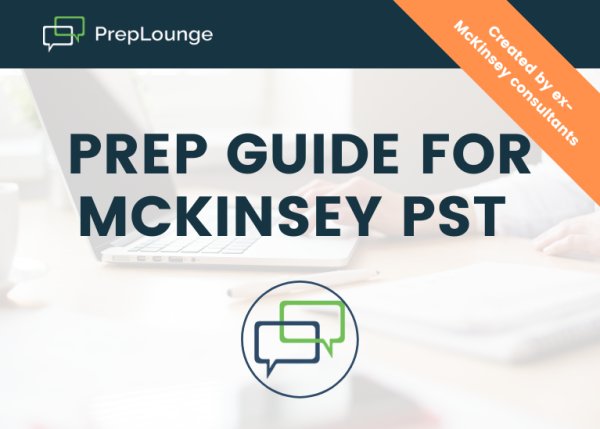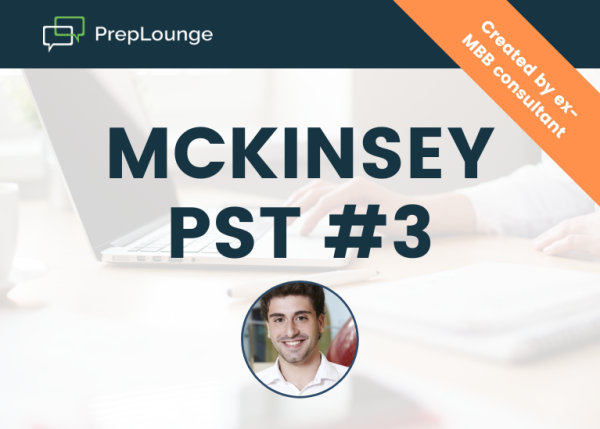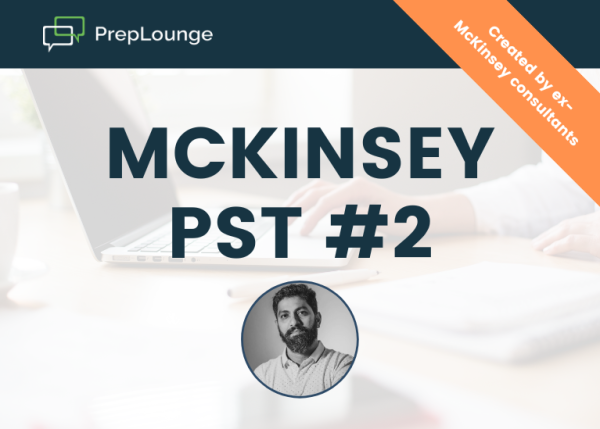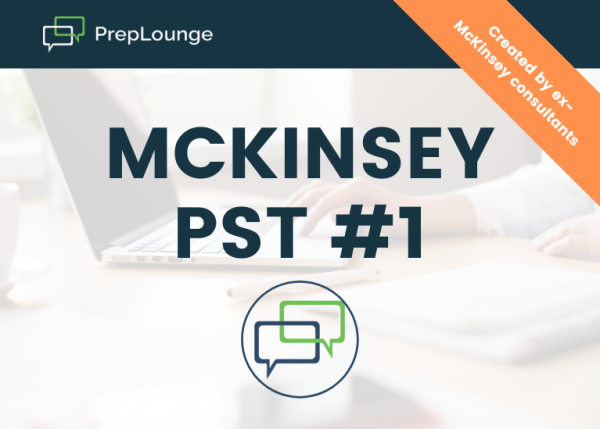Hi,I am having trouble concluding on interviewer-led cases where I may have answered questions that don’t all link up, or feed into a logical action-oriented conclusion with supporting points. Does anyone have any tips on how to summarise/conclude on these types of cases? Thanks.
Get Active in Our Amazing Community of Over 450,000 Peers!
McKinsey-style Case Conclusion / Summary
Overview of answers
Hi,
There are two problems with McKinsey recommendations:
- As you've mentioned, you have to address the completely different parts of the analysis where the interviewer guided you
- In many cases, you can't provide a definite answer since you don't have enough information
Addressing the first problem you should:
- Provide the recommendation for the initial objective of the case
- Put everything else you have discussed in the additional part
For example:
- Our objectives were to understand why the profit is declining by X and how to bring the profit back within one year (Don't forget that your objective should be measurable in terms of money / other metric and time)
- According to the analysis we've done so far, my recommendation is to shut down the division A and to concentrate on the divisions b/c if we want to increase the profit, and there is a number of reasons for that.. (Remember that your arguments should include numbers).
- You provide the arguments a) First of all, problems in Division A are the major driver of the decline in profits - 90% of the decline in profits refer to Division A. b) Secondly, the decline is driven by the contracting market size that is shrinking at xx percent and is not expected to improve in the near future. c) Finally....
- Additionally, I would like to check the following... (In the last bullet, you simply provide a list of other things you have discussed, but they were not the part of the original objective / the things you slightly discussed but haven't come to any conclusion, like the questions on creativity)
As for the second problem - Indeed, in many cases, you can't provide a definite answer. Consultants may be testing several things:
- Are you comfortable enough with providing preliminary recommendations based on limited data? (Imagine a CEO whom you met in the elevator and who wants to know the preliminary findings)
- Will you make a mistake of providing a recommendation with a high level of certainty without having a proper supporting data?
Imagine a case when you have to make a decision whether a PE fund should acquire a company. You make a proper structure (Market, Competitors, Company, Feasibility of Exit) and in 25 min of a case, you've managed only to go through the Market and Competitors branches of the analysis. What will be your recommendation?
In this case, you have to provide a Soft Recommendation:
- You start with an objective ("Our objective was to understand whether we should buy this company")
- You provide a preliminary recommendation highlighting the uncertainty("According to the limited data we have so far, our preliminary recommendation is to buy this company and there are three reasons for that..." or "Purely based on the data we have about the market it looks like it's a good idea for a number of reasons..")
- You provide the reasons ("First of all the market is big at X and growing at Y, Secondly the competition is fragmented with the target company having x% of the market. Thirdly...")
- You Mention the pieces of data that you need to provide a full recommendation ("But to come up with a final recommendation I would like to look at the company financials, key capabilities and..." or "But to be 100% sure in our recommendation we need to check...)
Best,
Vlad
(edited)
Hi Anonymous,
a good final conclusion would include the following:
1) Repeat the objective. This will ensure you are indeed answering to what is relevant for the case. Not repeating the objective is one of the most common mistakes in conclusions as can lead to answers to the wrong question/unstructured conclusion
- Example: “Our goal was to understand (i) why profits are declining and (ii) how we could increase profits by XYZ”
2) Provide an answer-first solution. You don’t have to present everything you have found in the case at this stage, only the main conclusion and its supporting factor. If the conclusion is not clear 100% as you have not analysed all the elements of your structure to derive a definite yes or no, you can provide a preliminary answer based on the elements you have identified
- After our initial analysis, we found out that profits are declining due a decrease in profits in division 1 and that, in order to increase profits, with the information we have so far it seems a good idea to enter Market A. This is based on the following reasons:
- [SPECIFIC FINDINGS 1]
- [SPECIFIC FINDINGS 2]
- [SPECIFIC FINDINGS 3]
3) Provide next steps. You should always have next steps – at the bare minimum risks to consider. If you could not reach a 100% sure conclusion since you have not covered all the elements of the structure, this is the moment to list the remaining parts you would like to consider.
- As additional elements to explore before confirming entry in Market A, we would like also to consider the following …[RISKS/NEXT STEPS]
Best,
Francesco
(edited)
A real interview will not be illogical - it will allow you to conclude nicely. Poorly written cases can be hard to conclude due to the way they jump around or the fact that they may be too long and therefore, you may not finish enough content to conclude logically.
For any other cases - "Dear MR CEO, We've touched on this, on this and on this for you and in respect to the initial object, I believe we are headed in this direction. However, as some next steps we should dive deeper into area 1,2,3 to better answer your question.





